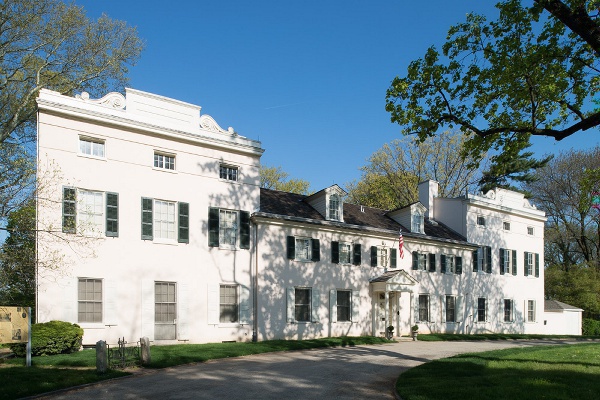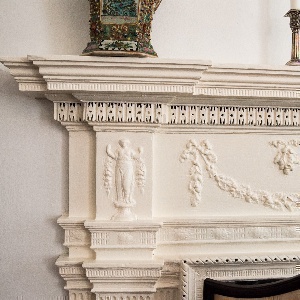Exterior
4/5
Interior
5/5
Site
3/5
History
4/5
Overall
4/5
Two Greek Revival wings grafted onto a mid-eighteenth century Georgian House is more imposing than graceful. Never the less, some of the interiors reach not to be missed status and the interior details are particularly fine.



